Architecture

A Monument to Founders and Directors of Kemeri Resort
The monument launched in 1861 was devoted to founders and directors of Kemeri Resort (head physicians). Is located not ...
More

Dwelling house – post office
Architectural monument of local importance. Building was constructed in 1897 according to the project of architect ...
More

Dwelling house Jūras iela 2
Built around year 1909 and counts as one of the richest in details and most monumental Neo-clacissism wooden building ...
More

Dwelling house Jūras iela 6
Built in 1913, a typical Art Noveau building with an extremly profound and expressive, assymetrical composition and a ...
More

Dzintari concert hall
One of the most significant cultural monuments offering a comprehensive program of culture with participation of local ...
More

Former sanatorium "Marienbāde"
The first sanatorium in Jurmala, built in 1870. During the World War II almost all the complex of buildings of ...
More

Former Swimming Establishment of Emilija Racene
The building was constructed in the beginning of the 20th century and saw its expansion in 1914, for he first time ever ...
More

Hotel "Majori"
Built in 1925 in a traditional historicism style featured by neoclassicism and neo-baroque motives. The Arhitect ...
More

Hotel "Pegasa Pils"
The building is constructed in the beginnig of the 20th century, unknown archictect. During the Soviet Times there was ...
More

Hotel "Villa Joma"
The first stage of the hotel building was constructed in 1896 as a private pension. During the Soviet times it was ...
More

Juras Street
Juras Street is the street closest to dunes in the town Majori. In the middle of the 19th century the area of Juras and ...
More
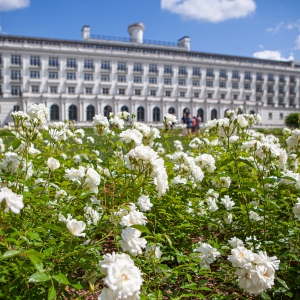
Kemeri Hotel
Built in 1936, an architect Eugene Laube. “The White Liner” or “The White Castle” as this hotel ...
More

Kemeri railway station
The first building of the station was erected in year 1877 along with the opening event of the railway line “Riga ...
More

Kemeri Resort Park
The landscape park of Kemeri with a network of winding tracks along Versupite river was projected and 1839 started to ...
More

Ķemeri Water Tower
Kemeri Water Tower is one of the historical sights in the renovated Kemeri Resort Park. The 42-meter-high tower was ...
More

Kristaps Morberg’s Botanical Garden and Summer Cottage
The building of the summer cottage is a national architectural monument, an excellent object of neogothic wooden ...
More

Lielupe Railway Station
In year 1913 the Lielupe railway station building was built with a purpose of servicing Buļļi manor crofters, fishermen ...
More
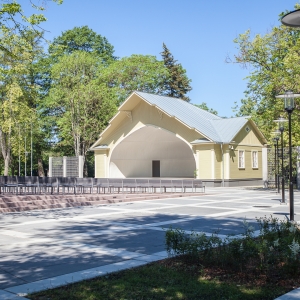
Melluzi Open Air Stage Park
The history of Melluži park and stage began in 1827, when Baron Karl von Fircks, the owner of the lands of Majori, ...
More

Sea Pavillion
Built in 1909 in the style of historism to be used for leisure activities and recreation for the guests of resort, ...
More
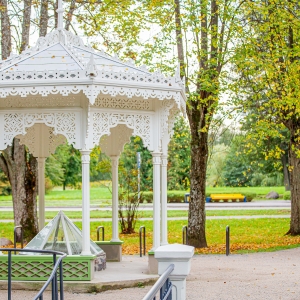
Sulphur Water Pavilion and Sulphur spring "The Little Lizard" ("Ķirzaciņa")
This is one of the most well-known Kemeri resort objects already since the 20th century. The arbour was built near the ...
More
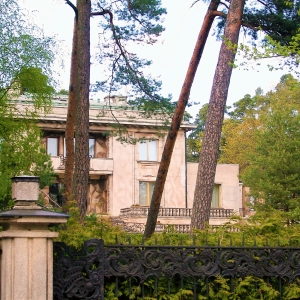
The Emilija Benjamin House
The building was the private estate of the social lady and press publisher Emilija Benjamin, who was the richest person ...
More

The Islet of Love. (Mīlestības saliņa)
One of the most exquisite objects of the Kemeri park can be found on an artificial island formed on the end of the ...
More
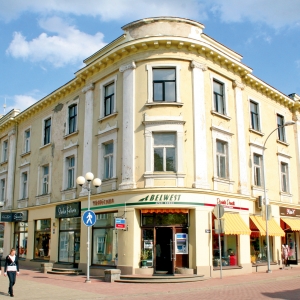
Waker’s House
Since 1870 there was a farm of the baker Shtegger; the place was used also as a market place, and a shop of Korovin was ...
More
